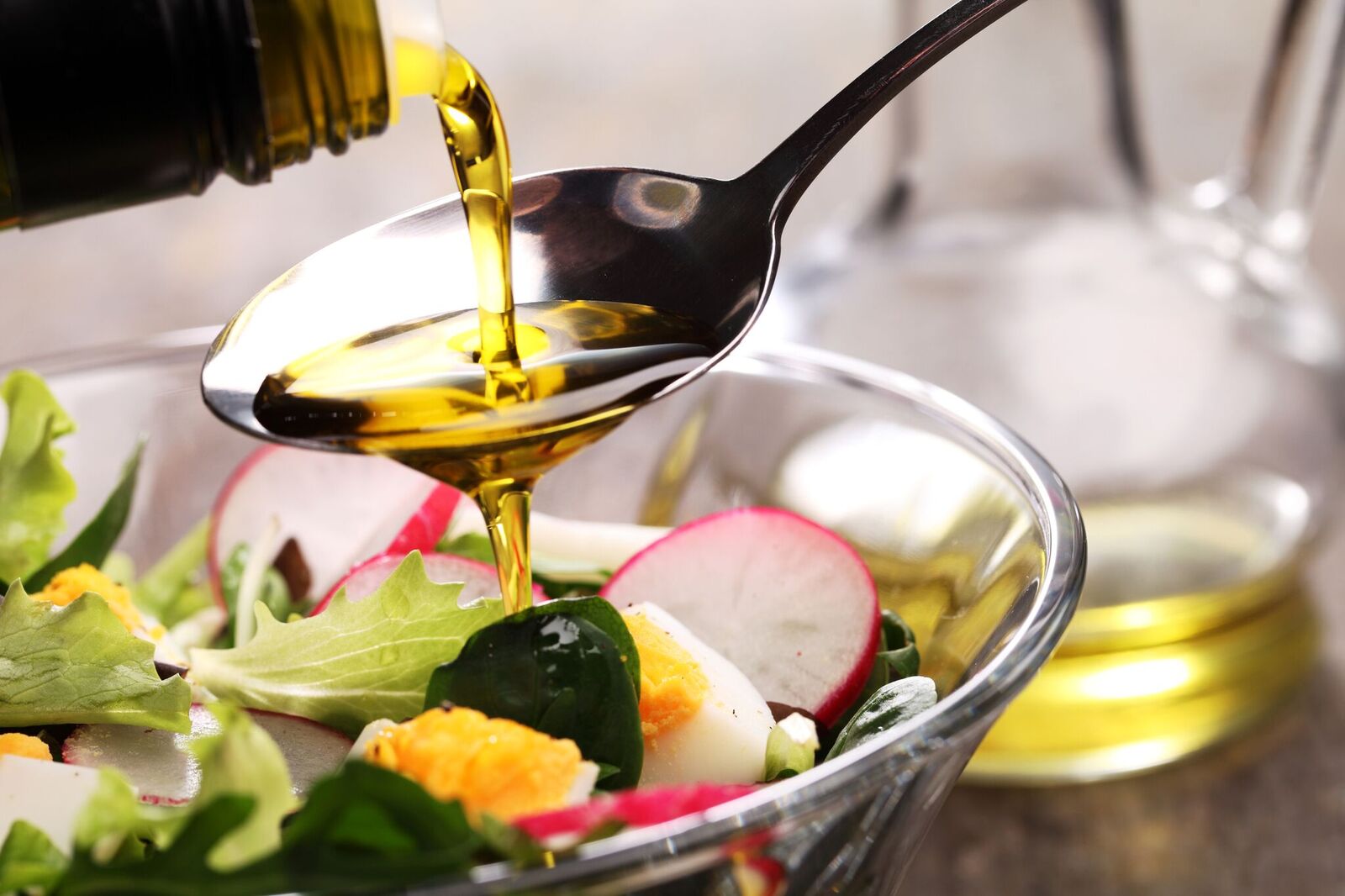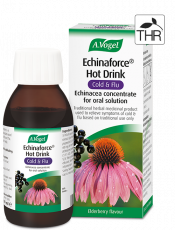How might garlic help the immune system?
For many years there have been suggestions that garlic can help with a whole variety of medical problems, including heart disease, high cholesterol and colds and flu.1 Part of the reason for this is that garlic contains allicin – a property which is released when you cut into the vegetable (this property is also the cause of the vegetables distinctive smell). This, along with the antioxidants inside the vegetable, help to fight off infection and support the immune system – the part of the body that protects and fights against things like cold and flu.
The Studies
You’re probably wondering what the evidence is to back up this claim, that’s why we’ve had a look at the research!
One study conducted by the University of Florida used a group of 120 people to determine the effects of aged garlic on the growth of immune cells and cold and flu symptoms. They found that taking aged garlic reduced the severity of cold and flu symptoms and that these symptoms also went away quicker. Their overall conclusion from this was that garlic boosted participant’s immune cell function.2 Another study conducted in Mexico, using similar methods, found that garlic reduced the frequency of colds in adults but not the duration.3
However, as with all studies, we must consider the issues with them. To get these positive results for example, individuals had to consume garlic regularly. Also, it is widely agreed that more evidence is needed to draw a full conclusion about the benefits of garlic to the immune system.4
How do you get more garlic into your system?
The evidence suggests that raw or aged garlic is most effective in boosting the immune system and fighting off colds. This is because most of the therapeutic aspects of the vegetable are lost through cooking.5 However, although some people may enjoy nibbling on a week-old clove of garlic, the majority of us do not. I don’t blame you, it doesn’t sound too tasty! There are other ways you can incorporate more garlic into your diet though, and therefore help out your immune system.
Jan de Vries – Hawthorn-Garlic Complex Capsules
This product, which is made from organic garlic and red hawthorn berries, can be used for a variety of purposes. It’s great if you’re feeling stressed for example, as it contains antioxidants to help fight oxidative stress. However, it has traditionally been used to help support blood pressure, circulation and cholesterol as well.
Diet

If this option doesn’t take your fancy, and you don’t want to munch on raw garlic either, you could just try incorporating more garlic into your regular diet. You can add some raw, crushed garlic to a homemade salad dressing for example, and this would avoid any cooking. Alternatively, we have many recipes for you to try, including our Tomato, Garlic and Chickpea Soup. This will give you a tasty, healthy lunch and is super quick to make too! If you’re feeling brave, you could add a few more garlic cloves into the recipe to increase you intake of this valuable vegetable – but maybe buy some mints for afterwards!
Here are a few tips to maximise the health benefits of garlic when cooking:
- Crush or slice your garlic before eating it as this increases the allicin content (the part of the vegetable that helps boost your immune system)
- Before cooking, allow the garlic to stand for a few minutes as this can help prevent the loss of its medical properties
- Using more garlic than normal can compensate for the effects of cooking.
How much garlic should you consume?
Two to three garlic cloves a day would be the minimum amount you could take for it to have a positive effect on your body. Remember though, consuming a lot of garlic can cause some digestive upset so, if you decide to take a supplement as well, don’t exceed the recommended dosage. We’d recommend you stick to the natural options given above when it comes to consuming garlic.
1 https://www.ncbi.nlm.nih.gov/pmc/articles/PMC3249897/
2 https://www.ncbi.nlm.nih.gov/pubmed/22280901
3 https://www.ncbi.nlm.nih.gov/pmc/articles/PMC4417560/
4 http://onlinelibrary.wiley.com/doi/10.1002/14651858.CD006206.pub4/full
5 https://www.ncbi.nlm.nih.gov/pmc/articles/PMC2625738/pdf/jnma00911-0085.pdf?tool=pmcentrez










